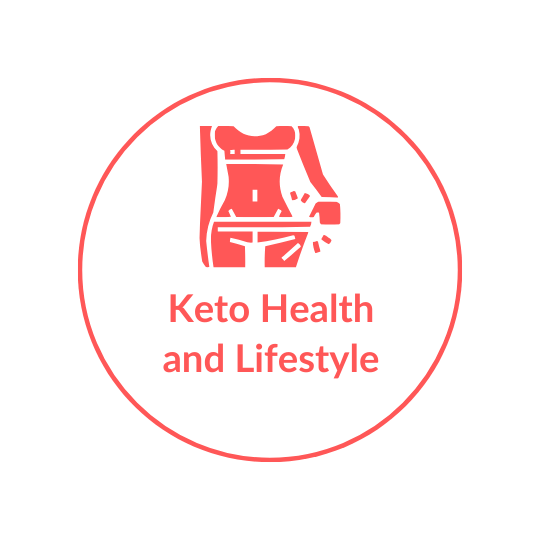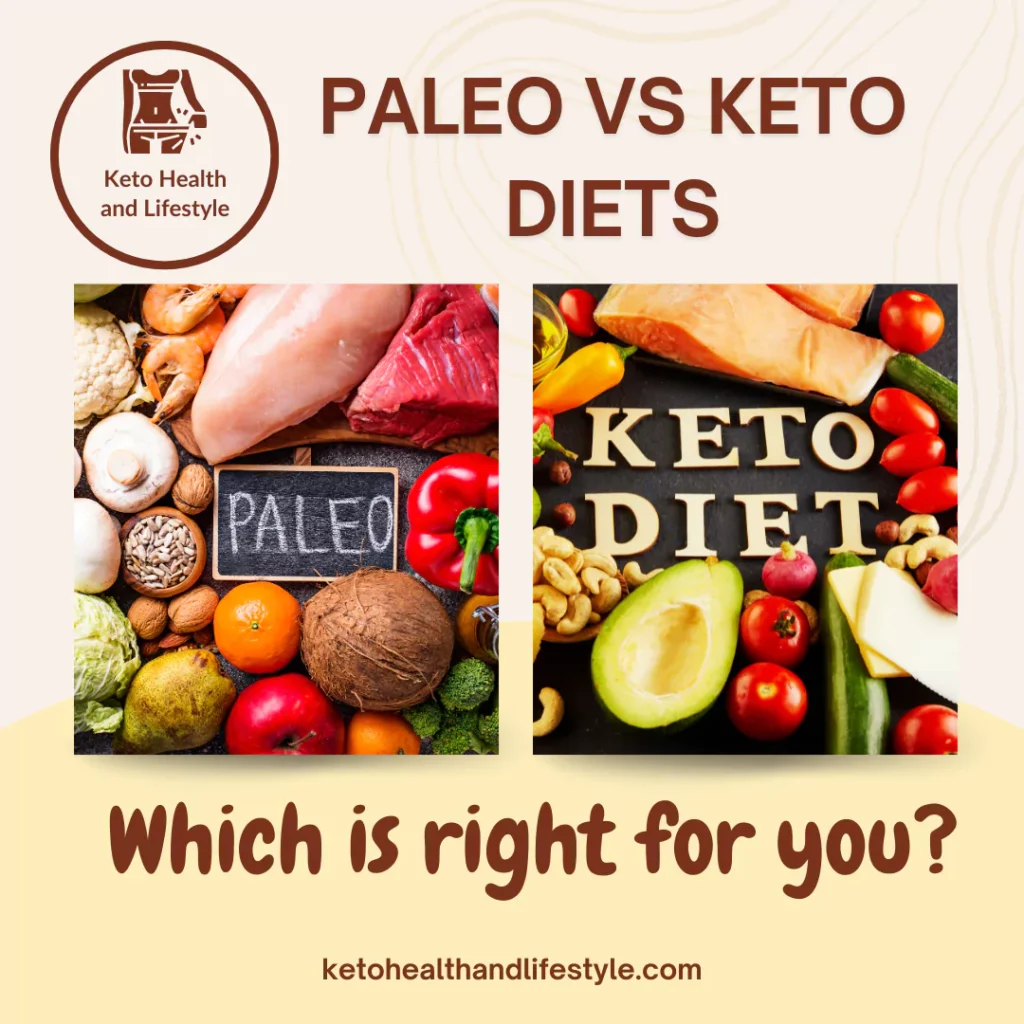This post may contain affiliate links which means I may receive a commission for purchases made through links. Learn more about policies on my about page.
| Aspect | Paleo Diet | Keto Diet |
| Carb intake | Moderate | Very low |
| Fat intake | Moderate | High |
| Protein intake | High | Moderate |
| Allowed foods | Meat, fish, eggs, vegetables, fruits, nuts, seeds | Meat, fish, eggs, high-fat dairy, low-carb vegetables, nuts, seeds |
| Restricted foods | Grains, legumes, dairy, processed foods | Grains, legumes, most fruits, starchy vegetables, sugar |
| Primary goal | Mimic ancestral eating patterns | Induce ketosis for fat burning |
Table of Contents
The debate between Paleo vs Keto diets is drawing more interest than ever, with both offering unique pathways to healthier lifestyles. The Paleo diet, inspired by our hunter-gatherer ancestors, emphasises whole foods like meat, fish, fruits, and vegetables, while steering clear of processed foods.
On the other hand, the Keto diet focuses on low carbohydrate intake and high fats to switch the body’s energy source from glucose to ketones. Both diets promise weight loss and improved health, but differ in their nutritional structures and restrictions. Are you more interested in a diet rooted in historical eating patterns, or do you favour the metabolic shift touted by Keto advocates?
Here we will take you through the core principles, benefits, and potential downsides of each diet, helping you decide which aligns best with your health goals and lifestyle.
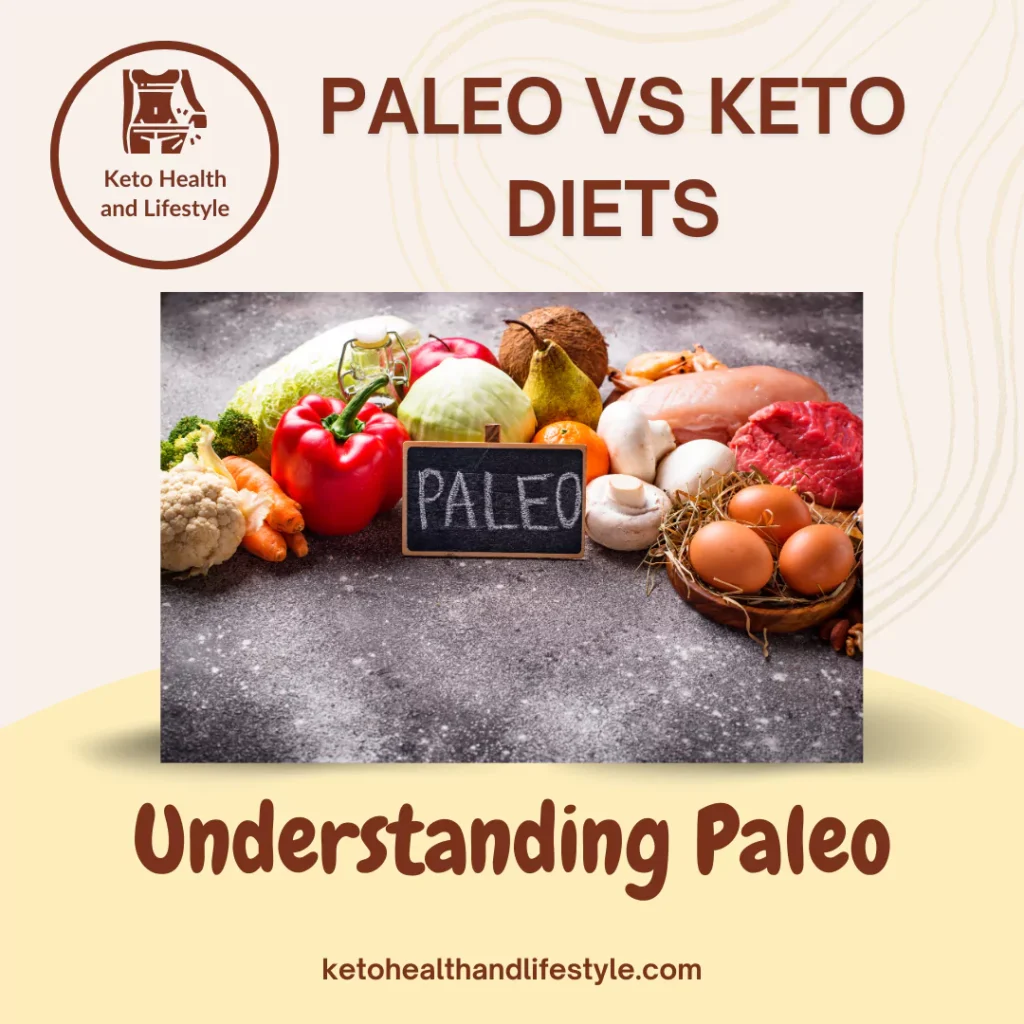
Understanding the Paleo Diet: A Journey Back in Time
When it comes to eating healthy, the Paleo diet stands out as a unique approach that draws inspiration from our distant ancestors. By emulating what early humans may have consumed, the Paleo diet seeks to transform modern eating habits into something more natural and nourishing. Let’s explore the key aspects of this fascinating diet.
Origins and Philosophy
The Paleo diet takes its name from the Paleolithic era, a time when our ancestors were hunters and gatherers. The core idea is that our bodies are better suited to consume the types of foods that our ancestors thrived on before the advent of agriculture. This belief stems from the notion that our genetic makeup has changed very little since those times.
Imagine your diet as a time machine, taking you back to a period when everything consumed came straight from nature. The philosophy behind the Paleo diet is to replicate these ancient eating patterns by focusing on whole, unprocessed foods. It champions the idea of eating like a caveperson, embracing simplicity, and shunning modern processed foods.
Food Groups Included
So, what does one eat on a Paleo diet? Here’s a basic list:
- Meats: Focus on naturally raised animals.
- Fish: Especially those high in omega-3 fatty acids.
- Fruits and Vegetables: Emphasise fresh produce without additives.
- Nuts and Seeds: A great source of natural fat and protein.
The exclusion list is just as defining:
- Processed Foods: Avoid anything with artificial ingredients or added sugar.
- Grains and Legumes: These are typically left out, as they came later in human development.
- Dairy: Generally omitted in favour of alternatives like almond milk.
The Mayo Clinic offers a detailed breakdown of what you can and can’t eat on a Paleo diet.
Health Benefits
Adherents of the Paleo diet often cite several potential health benefits:
- Weight Loss: By cutting out processed foods and focusing on nutrient-dense meals, you might find it easier to manage your weight.
- Improved Digestion: A simpler diet with fewer allergens can lead to better gut health.
- Reduced Inflammation: Many find relief from inflammatory symptoms by eliminating certain food groups.
According to HealthLine, the emphasis on unprocessed foods not only aids digestion but can also add balance to your lifestyle. The diet may help manage blood sugar levels and increase insulin sensitivity, reducing body fat source.
Understanding the Paleo diet gives you a glimpse into a way of eating that aims to be in harmony with our evolutionary history. As you consider it, think about the natural rhythms and instincts that guided our ancient ancestors. Could this approach be the key to achieving your health goals?
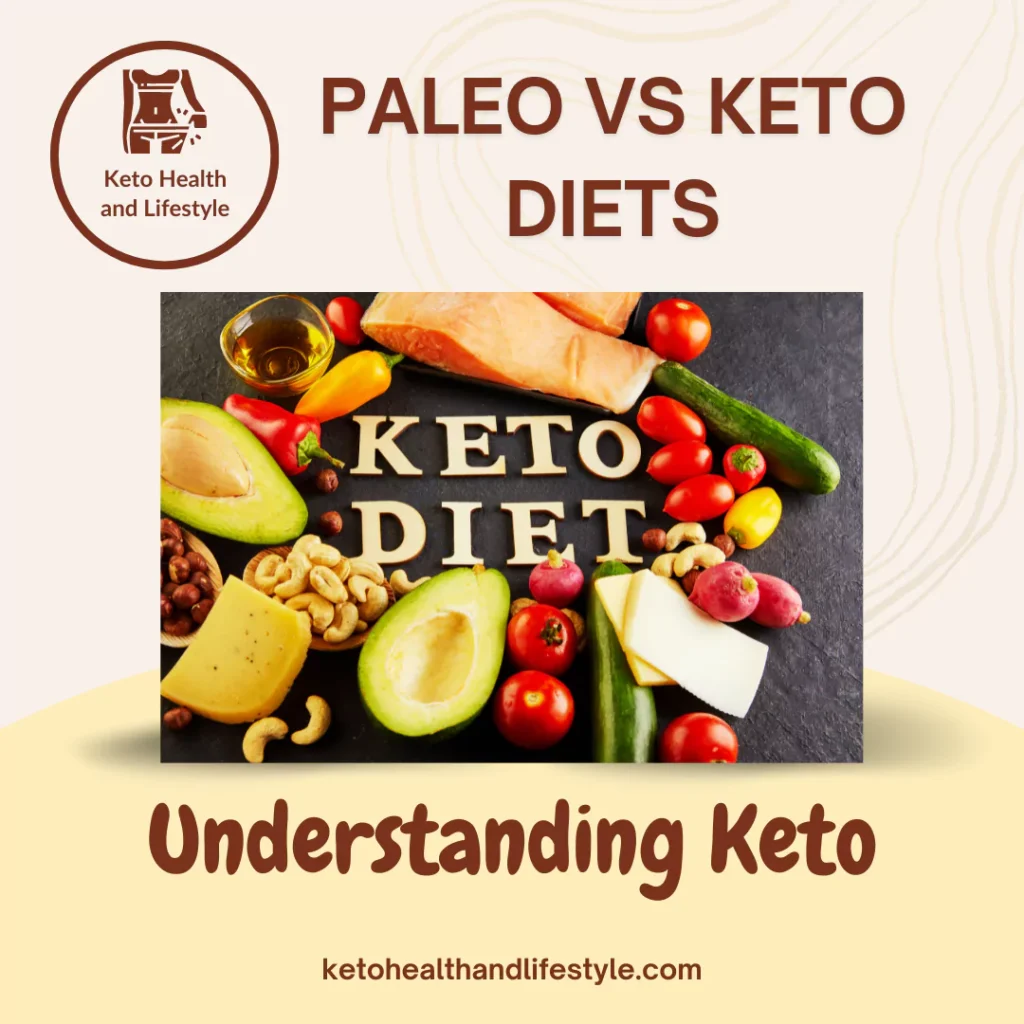
The Ketogenic Diet: Fuelling Your Body with Fat
The ketogenic diet, often called the keto diet, is focused on a high-fat, moderate-protein, and very low-carbohydrate intake (Learn more about the keto diet for beginners). It was originally developed to help children with epilepsy learn more about its origins. Today, it’s widely popular for its potential health benefits, including weight loss and improved energy levels.
By shifting the body’s primary energy source from carbohydrates to fats, the keto diet aims to promote a state known as ketosis. This metabolic state encourages the body to burn fat for fuel, potentially leading to rapid weight loss and other health benefits.
Macronutrient Breakdown
The macronutrient distribution in a typical keto diet is quite different from most conventional diets. Here’s a closer look:
- Fats: Around 70-80% of daily calories come from fats. These aren’t just any fats but primarily healthy fats like avocados, nuts, seeds, and olive oil.
- Proteins: It includes about 20-25% of daily calories from protein sources, such as eggs, fish, and meat.
- Carbohydrates: This is restricted to 5-10% of daily caloric intake, which often translates to less than 50 grams per day. This drastic reduction in carbs pushes the body into ketosis.
This unique breakdown is designed to force the body into using fats as its primary energy source instead of glucose, which is derived from carbs.
Food Groups Included
On the keto diet, you have a specific set of food groups to focus on. Here’s what you can enjoy and what you’ll need to avoid:
Allowed Foods:
- Healthy Fats: Think avocados, olive oil, coconut oil, and nuts.
- Low-Carb Vegetables: Leafy greens, broccoli, cauliflower, and peppers.
- High-Quality Proteins: Fish, especially fatty types like salmon, as well as chicken and beef.
Browse a variety of keto-friendly recipes.
Excluded Foods:
- Sugary Foods and Grains: Say goodbye to sweet treats and bread.
- Starches: This includes pasta, rice, and potatoes.
- High Sugar Fruits: Bananas, grapes, and pineapples are generally off the menu.
For more on what to eat and what to avoid, have a look at this detailed guide.
Health Benefits
Embarking on a keto diet can lead to various health benefits. Here are some potential upsides:
- Weight Loss: One of the main attractions is significant weight loss, often experienced more quickly than with other diets. The body burns fat for energy, which can lead to a reduction in body weight. Read real success stories of keto weight loss.
- Improved Mental Clarity: Many followers report clearer thinking and improved concentration. Less sugar intake means more stable blood sugar levels, which helps alleviate mental fog.
- Management of Medical Conditions: Studies suggest that it can aid in the management of type 2 diabetes by improving glucose control. Some evidence also indicates potential benefits for those suffering from neurological disorders and cardiovascular conditions as noted in this article.
While the keto diet can offer these benefits, it’s essential to consider the lifestyle changes it entails and consult a healthcare provider, especially for long-term adherence. Always remember that while the keto diet might work wonders for some, it might not be suitable for everyone.
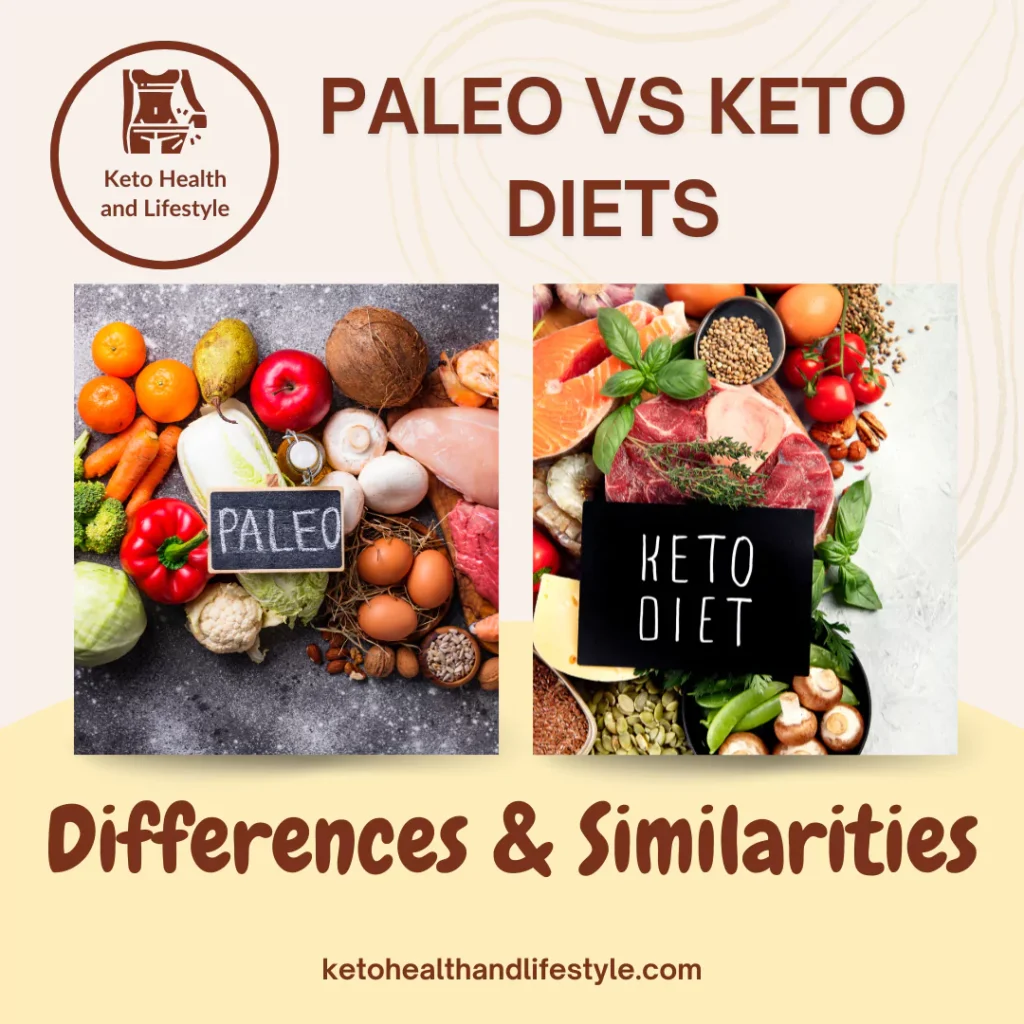
Paleo vs Keto Diets: Key Differences and Similarities
When it comes to choosing between the Paleo and Keto diets, understanding the key differences can help you make an informed decision. Both diets have gained popularity, but they approach food and nutrition in unique ways. Let’s explore what sets them apart.
Dietary Restrictions
Both the Paleo and Keto diets restrict certain food groups, but their approaches to carbohydrates differ distinctly. The Paleo diet focuses on eating foods that early humans might have consumed, such as fruits, vegetables, lean meats, and nuts. It eliminates processed foods, legumes, grains, and dairy.
In contrast, the Keto diet takes aim at carbohydrates, limiting them to a small portion of daily caloric intake. This means most fruits, grains, and starchy vegetables are off the menu in favour of high-fat foods like avocados, cheese, and nuts. The goal is to get your body into a state of ketosis, where it burns fat for fuel instead of carbs.
Focus on Macronutrients
The balance of macronutrients—fats, proteins, and carbs—is at the heart of the Keto diet. Typically, a Keto meal plan consists of about 70% fats, 25% protein, and just 5% carbohydrates. This high fat approach is designed to keep your body in ketosis, promoting fat burning.
On the other hand, the Paleo diet doesn’t strictly regulate macronutrient ratios. Instead, it encourages a more balanced intake of protein, carbs, and healthy fats. While both diets exclude processed foods, Paleo allows more room for whole-food carbohydrates from fruits and veggies, making it easier for some to follow without the stringent carb counting.
Lifestyle Compatibility
Which diet fits better into your lifestyle? The answer might depend on your personal preferences and daily routine. The Keto diet requires careful planning and a strict adherence to its macronutrient guidelines, which can be challenging for those with a busy schedule or a social lifestyle that involves dining out frequently.
Meanwhile, the Paleo diet may feel more flexible as it doesn’t require you to micromanage fat, protein, and carb intake. For individuals looking for a sustainable long-term eating plan, Paleo’s emphasis on whole, unprocessed foods might align more naturally with general healthy eating habits. However, some might miss foods like grains and dairy, which the diet cuts out.
Ultimately, the choice between Paleo and Keto comes down to what aligns best with your goals and daily life. Understanding these differences can guide you in choosing a diet path that’s not only healthy but also sustainable for you.
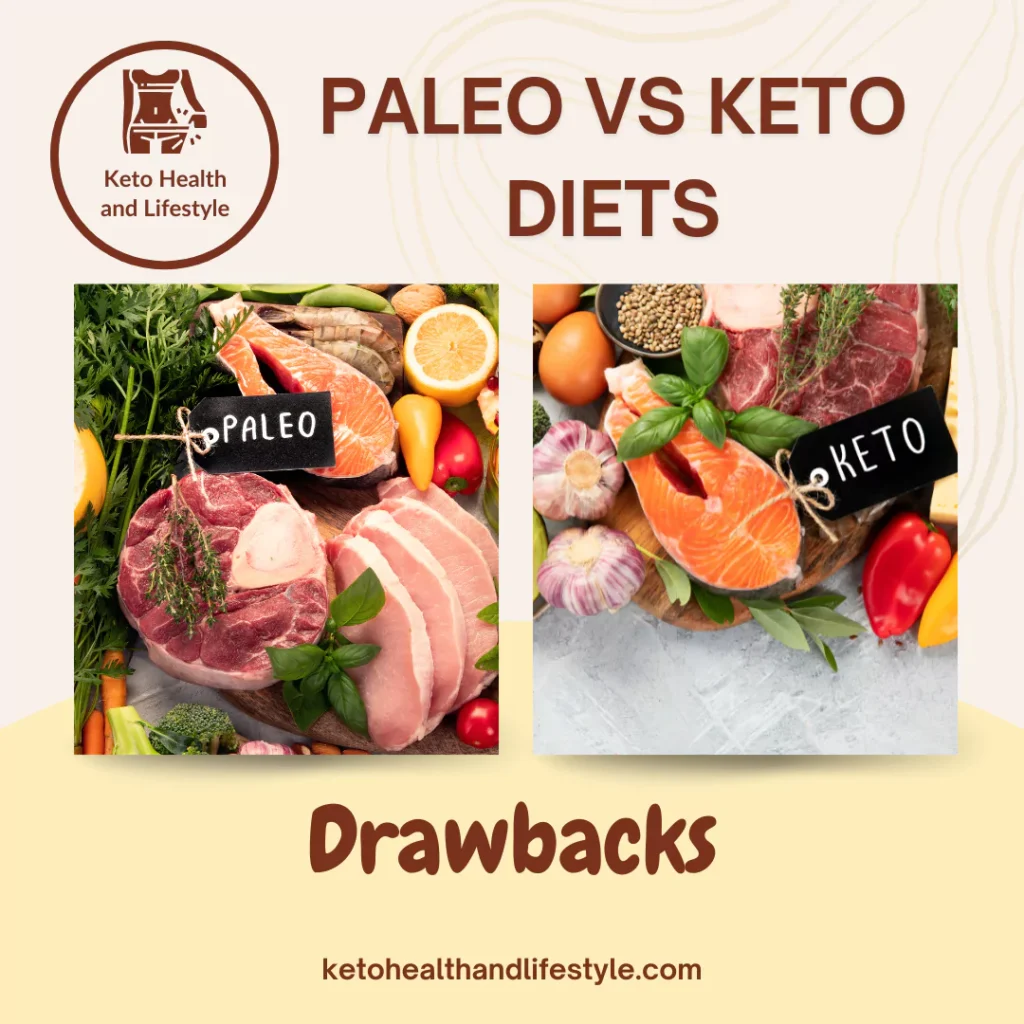
Potential Drawbacks: What to Consider Before Starting
When considering new dietary lifestyles like Paleo and Keto, it’s vital to examine potential drawbacks. While each may hold numerous benefits, they also come with challenges that can affect long-term health and practicality. Let’s dive into the specifics of what these hurdles might mean for someone considering these diets.
Challenges of the Paleo Diet
The Paleo diet, often referred to as the “caveman diet,” focuses on consuming foods thought to be available to humans during the Paleolithic era. While it promotes whole foods, it also carries potential issues:
- Difficult to Maintain: Sticking to the Paleo diet can be a daunting task. The strict rules against processed foods, dairy, and grains might leave you feeling overwhelmed when grocery shopping or dining out. This restriction can make the diet hard to sustain, leading many to eventually abandon it.
- Nutritional Deficiencies: By cutting out entire food groups like grains and dairy, the diet risks missing essential nutrients such as calcium and vitamin D. These omissions could lead to deficiencies and associated health concerns if not carefully managed. For a deeper dive into hidden dangers of the Paleo Diet, check this resource.
- Costly Food Choices: Often, the Paleo diet requires organic and grass-fed meats, which can significantly increase your food budget, making it inaccessible for some.
By understanding these challenges, followers of the Paleo diet can better prepare and adapt their eating habits to avoid potential pitfalls.
Challenges of the Keto Diet
The Keto diet, characterised by high fat and very low carbohydrate intake, aims to push the body into a state of ketosis. Despite its popularity, the Keto diet also faces its share of criticisms:
- Risk of Keto Flu: Transitioning into ketosis can bring about the so-called “keto flu,” a range of symptoms like fatigue, headache, and irritability (learn about the symptoms and treatments of keto flu). Although temporary, these symptoms can make the initial phase of the diet uncomfortable.
- Sustainability Concerns: Maintaining a strict low-carb regime can be quite challenging over the long term. The demands of constantly counting carbs and maintaining high fat intake might lead to diet fatigue.
- Nutrient Balance Issues: Similar to the Paleo diet, the Keto diet risks nutritional imbalances. This can result from excluding many fruits, vegetables, and grains, potentially resulting in nutrient deficiencies.
These insights into the challenges of the Keto diet can help individuals make informed choices and find strategies to counteract these issues.
Both diets have their strength and drawbacks, and understanding these can help individuals decide which might be more suitable for their lifestyle and health goals.
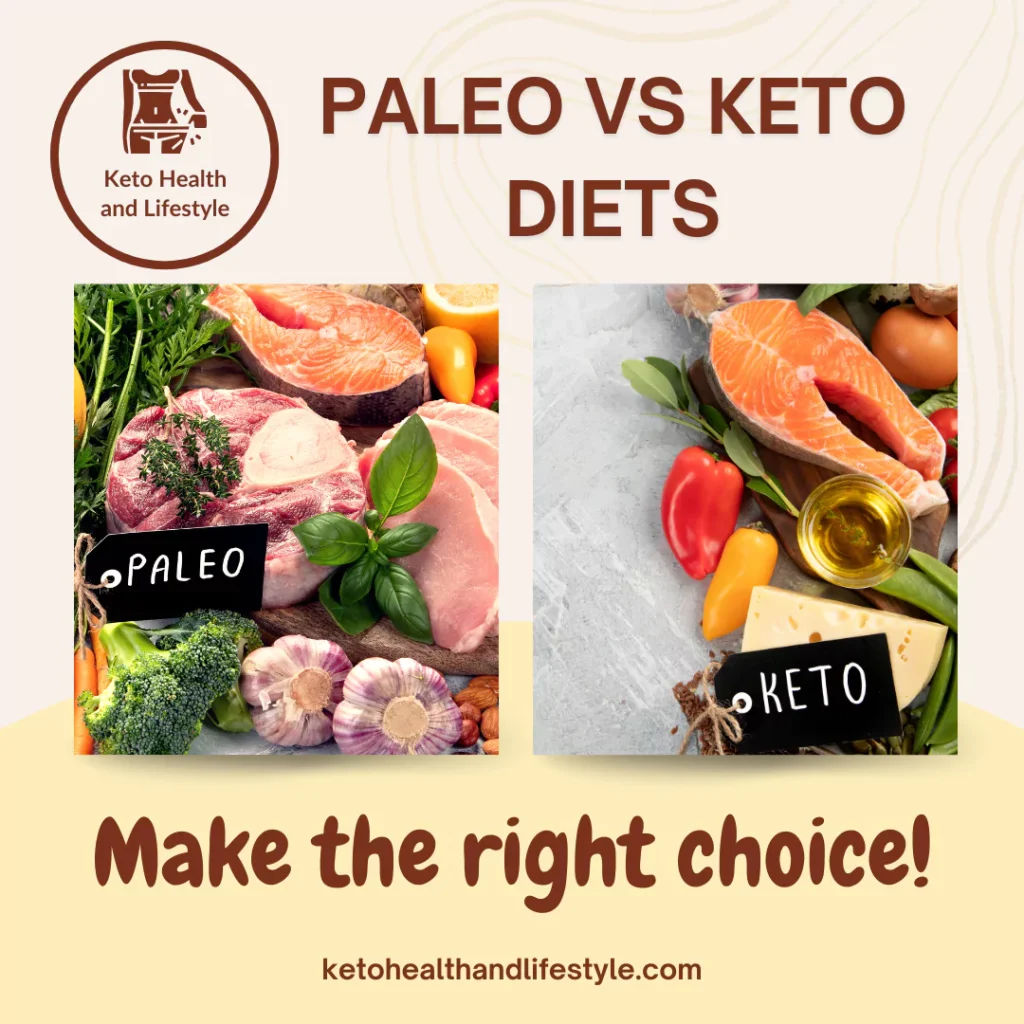
Making the Right Choice: Paleo or Keto?
Both the paleo and keto diets have their unique draws and benefits. Choosing the right diet depends on your lifestyle, health goals, and dietary preferences. Here, we’ll outline some key takeaways to consider when choosing the diet that’s best for you.
Key Differences
Both diets focus on whole foods but differ in macronutrient focus. The paleo diet emphasises eating like early humans, focusing on whole, unprocessed foods. It includes lean meats, fish, fruits, vegetables, nuts, and seeds, while avoiding grains, legumes, and dairy. On the other hand, the keto diet is high in fats and low in carbohydrates, aiming to induce a state of ketosis where the body burns fat for fuel.
Benefits and Outcomes
When it comes to health outcomes, both diets can lead to weight loss, improve metabolic health, and regulate blood sugar levels. For instance, the keto diet can be particularly effective for reducing seizures in epilepsy patients and may help with weight loss and other health benefits. Meanwhile, the paleo diet may improve insulin sensitivity and lower blood pressure, which can be beneficial for heart health.
Debunking Diet Myths: Paleo and Keto Misconceptions
When exploring dietary options, it’s crucial to separate fact from fiction. Let’s address some common misconceptions about both the Paleo and Keto diets to provide a balanced perspective.
Paleo Diet Myths:
- Myth: Paleo is all about eating meat.
Reality: While the Paleo diet includes meat, it emphasises a balanced intake of vegetables, fruits, nuts, and seeds. It’s not just a meat-centric diet. - Myth: Paleo is inherently low-carb.
Reality: The Paleo diet can include carbohydrates from fruits and vegetables. It’s not necessarily a low-carb diet, but rather focuses on whole, unprocessed foods. - Myth: Paleo is exactly how our ancestors ate.
Reality: The modern Paleo diet is an approximation of ancient eating patterns. Our ancestors’ diets varied greatly depending on location and availability of foods.
Keto Diet Myths:
- Myth: Keto is dangerous for your health.
Reality: While the Keto diet may not be suitable for everyone, research has shown it can be safe and effective for many people when followed correctly and under medical supervision. - Myth: You can eat unlimited amounts of fat on Keto.
Reality: While the Keto diet is high in fat, it still requires calorie control for weight loss. Consuming excessive calories, even from healthy fats, can hinder weight loss goals. - Myth: Keto completely eliminates carbs.
Reality: The Keto diet severely restricts carbs but doesn’t eliminate them entirely. Most Keto plans allow for a small amount of carbohydrates, typically from low-carb vegetables.
By understanding these misconceptions, you can make a more informed decision about which diet, if either, might be right for you.
Considerations for Your Health Goals
The best diet for you might not be the same as for someone else. Here’s what to consider:
- Weight Loss Goals: If quick weight loss is your objective, the keto diet might be more effective due to its carbohydrate restriction.
- Long-term Sustainability: Paleo might be more sustainable long-term as it includes a wider range of foods.
- Specific Health Conditions: Those with specific health conditions need to consider how each diet might affect their condition. For instance, those managing diabetes might find benefits in both but should consult with healthcare professionals.
Final Thoughts
It’s essential to weigh the pros and cons while considering what feels manageable for you. Both diets have their merits, but it’s crucial to look at your personal health goals and lifestyle. Using trusted sources like Medical News Today can provide further insights and comparisons to help you make a well-informed decision. Remember, any significant dietary changes should ideally be discussed with a healthcare provider to ensure they’re aligned with your personal health needs.
What are the main differences between paleo vs. keto diets?
The paleo diet focuses on whole foods that our ancestors would have consumed, such as meats, fish, fruits, vegetables, nuts, and seeds, while eliminating processed foods and grains. The keto diet, on the other hand, is a low-carbohydrate, high-fat diet designed to induce ketosis, where the body burns fat for fuel instead of carbohydrates.
Which diet is more effective for weight loss, paleo vs. keto?
Both paleo and keto can be effective for weight loss; however, studies suggest that keto may lead to more rapid initial weight loss due to the reduction of carbohydrate intake and increased fat metabolism. Ultimately, the best choice depends on individual preferences and adherence to the diet.
Can you mix aspects of paleo vs. keto for a personalised diet plan?
Yes, many individuals choose to combine elements of paleo and keto to create a personalised diet plan. This may involve following a paleo framework while significantly reducing carbohydrates to achieve ketosis. It is essential to ensure nutritional balance when merging these approaches.
Are there any health risks associated with paleo vs. keto diets?
Both paleo and keto diets can pose potential health risks if not properly managed, such as nutrient deficiencies or increased cholesterol levels. It is advisable to consult a healthcare professional before starting either diet, particularly for those with pre-existing health conditions or dietary restrictions.
